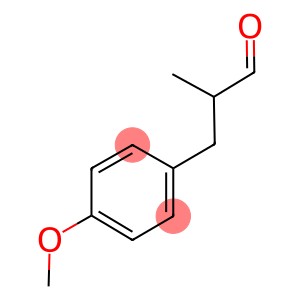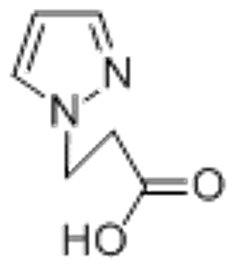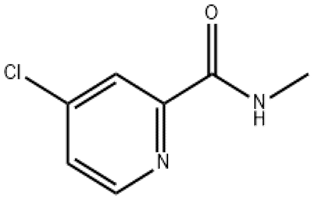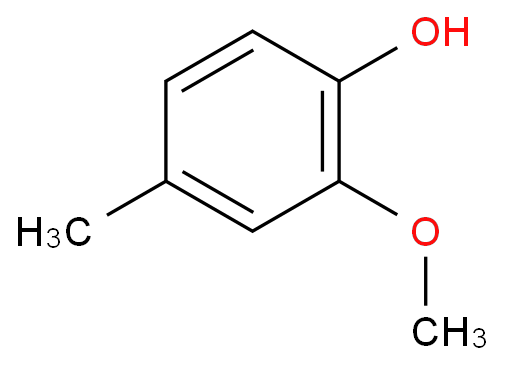Canthoxal(CAS#5462-06-6)
Introduction
Contardehyde, also known as valeraldehyde or valeraldehyde, is an organic compound. The following is an introduction to the properties, uses, preparation methods and safety information of Conoctaldehyde:
Quality:
- Conoctal is a colorless liquid with a greasy, fruity smell.
- It has low solubility, is almost insoluble in water, and is soluble in organic solvents such as alcohols and ethers.
- Conoctal is prone to oxidation and can gradually change to valeric acid when exposed to air.
Use:
- Conoctal is an important chemical intermediate that is widely used in organic synthesis reactions.
- Conoctal can also be used in the preparation of detergents, rubber additives and plastic additives.
Method:
- Conoctal can be prepared by the reaction of oxidation of conctol or constene.
- Oxidizing conoctanol is generally carried out with oxidants such as oxygen, hydrogen peroxide, or sodium bicarbonate.
Safety Information:
- Conoctal is a compound with a pungent odor that can cause irritation to the eyes, skin, and respiratory tract in direct contact.
- Care should be taken to avoid inhalation, contact with skin and eyes when using conoctal.
- When storing and handling Contaraldehyde, take appropriate safety measures such as wearing protective gloves, eyeglasses, and respiratory protective equipment.
- If you accidentally ingest or inhale Conoctaldehyde, seek medical attention immediately.



![4 6-Dichloro-1H-pyrazolo[4 3-c]pyridine (CAS# 1256794-28-1)](https://www.xinchem.com/uploads/46Dichloro1Hpyrazolo43cpyridine.png)



![“3-lodo-1H-pyrazolo[3,4-d]pyrimidin-4- amine(CAS#151266-23-8)”](https://www.xinchem.com/uploads/4-Amino-3-iodopyrazolo34-dpyrimidine.jpg)
